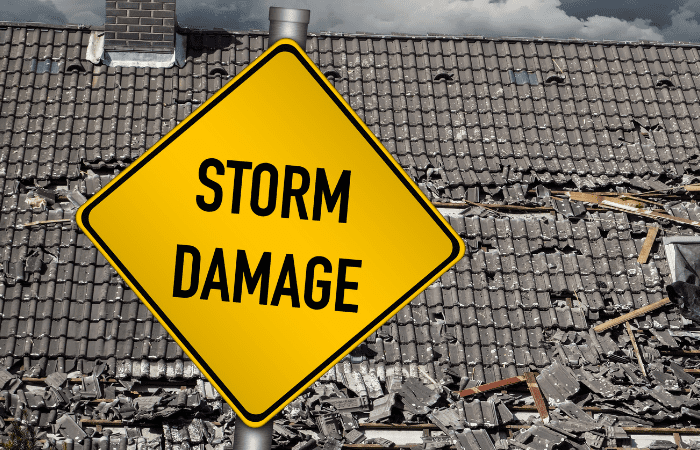Storm Damage Restoration Guide: How to Reclaim Your Home After a Disaster
When storm clouds gather, so do the concerns of homeowners about potential damage. Our storm damage restoration guide equips you with the knowledge to navigate the aftermath of a storm, addressing common issues like water damage, roof repairs, and navigating the insurance maze.
Understanding Storm Damage
Heavy storms bring a deluge of problems—water damage being chief among them. Immediate signs like water stains on your ceiling or a damp basement are harbingers of potential structural damage if not addressed promptly. It’s vital to start the water mitigation process early to prevent long-term issues such as mold, which can lead to health problems verified by the Centers for Disease Control and Prevention.
Immediate Steps After Storm Damage
Your safety is paramount. Ensure there are no electrical hazards before inspecting the damage. Document everything with photos and videos for your insurance claims, and then call in the professionals. Local storm damage restoration services specialize in assessing and repairing the damage, helping you start the recovery process without delay.
Professional Restoration Services
A professional restoration service will handle the gamut of issues from water extraction to complete property restoration. The Institute of Inspection, Cleaning and Restoration Certification (IICRC) outlines standards that certified professionals adhere to, ensuring your home is in capable hands.
Navigating Insurance Claims
Time is of the essence when filing insurance claims. Begin by reviewing your policy’s coverage, document all damages thoroughly, and work closely with adjusters to ensure a fair assessment. Reliable information on managing claims can be found through the Insurance Information Institute’s resources.
Preventive Measures
Taking proactive steps can save you a great deal of stress and cost in the future. Regular maintenance, such as gutter cleaning and roof inspections, can significantly mitigate the risk of storm damage. The Federal Emergency Management Agency offers extensive tips on protecting your home from severe weather.
Conclusion
Dealing with storm damage might seem daunting, but with this storm damage restoration guide, you’re not alone. Contact us for an evaluation, and let our experienced professionals assist you in restoring and protecting your home.

